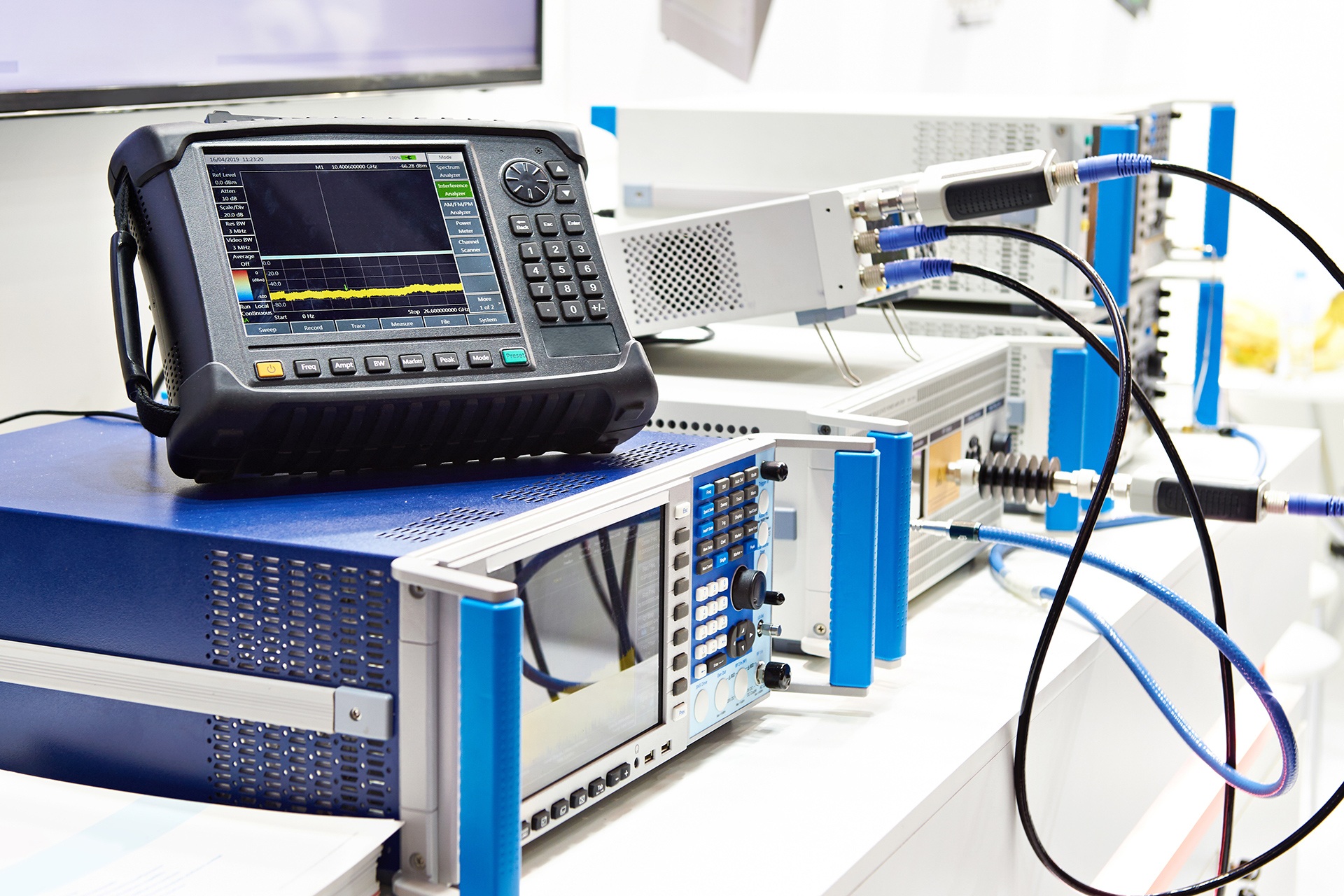You've most likely listened to the terms calibration, confirmation, and change used mutually in your work environment, yet they're in fact 3 distinctive processes that offer various purposes in keeping measurement precision. If you are accountable for quality control or instrument management, mixing up these concepts could bring about compliance concerns, expensive mistakes, and undependable information. Recognizing when to make use of each process-- and why-- can change how your company approaches measurement integrity and governing compliance.What Is Calibration and Why Does It Matter?Precision drives every reliable measurement system, yet also one of the most sophisticated instruments drift from their intended precision gradually. That's where calibration ends up being essential.You're essentially comparing your test and measurement instruments versus known recommendation criteria to determine their precision. This process does not involve making changes-- it's simply regarding recording exactly how your equipment executes versus established benchmarks.Calibration matters since it makes certain measurement traceability to nationwide standards, which is important for keeping quality in your operations. When you work with certified calibration laboratories complying with ISO IEC criteria, you're establishing self-confidence in your data.This paperwork ends up being crucial for regulative compliance and quality assurance programs. Unlike confirmation or adjustment, calibration offers the fundamental expertise concerning your instrument's current performance status.The Function of
Confirmation in Quality Control While calibration tells you just how your instrument carries out, verification validates whether that efficiency satisfies your specific requirements.You'll make use of confirmation as a quality control checkpoint to ensure your instruments keep acceptable precision degrees between formal calibration services. This process involves comparing your instrument's measurements versus recognized criteria to verify it's still operating within your established tolerances.Unlike recognized calibration, confirmation does not call for comprehensive paperwork
or certificates. You're simply verifying your testing instruments haven't drifted beyond appropriate limits.This streamlined process helps you catch measurement concerns early, avoiding expensive quality problems downstream. By executing regular verification routines, you'll maintain confidence in your measurement process while prolonging periods between formal calibrations.Verification acts as your first line of protection in preserving measurement integrity.When and Just how to Perform Instrument Adjustments When your verification results show measurements falling outside acceptable tolerances, you'll require to perform instrument adjustments to recover accuracy.These modifications involve physical or electronic alterations to your measuring equipment to bring analyses back within specifications.Before making adjustments, you'll want to determine the source of variances via systematic troubleshooting.Document all modification treatments and validate results quickly afterward.If your instruments require intricate changes past your capabilities, get in touch with accredited instrument calibration services or calibration and repair services.Professional premium quality calibration services offer ISO IEC accredited calibration with thorough customer services support.They'll perform accurate modifications using qualified reference standards, guaranteeing your precision dimensions satisfy industry requirements.Key Differences Between These Three Important Procedures Although these 3 procedures collaborate to make sure measurement accuracy, calibration, confirmation, and change
offer distinctly different objectives in your quality control system.Calibration services develop traceability by contrasting your measuring equipment

against accredited recommendation standards, commonly performed by certified calibration laboratories following ISO 17025 requirements.Verification validates your laboratory instrument satisfies specified resistances without making modifications, essentially examining if it's still within acceptable limits.Adjustment involves physically modifying your equipment's setups to deal with inconsistencies and recover accuracy.You'll require accredited calibration for lawful compliance and precision dimensions, verification for routine quality checks, and modification only when dimensions drift past specifications.Quality calibration services manage the complicated traceability requirements, while you can usually carry out confirmation and modification in-house for your test and measurement activities.Best Practices for Implementation in Your Company Because your organization's measurement precision depends upon methodical application, you'll require to establish clear procedures that define when and how to do calibration, verification, and change activities.Start by partnering with recognized calibration services that meet your industry's compliance needs. Produce recorded treatments defining measurement intervals, precision tolerances, and decision criteria for each and every process.Train your group to recognize
when confirmation confirms appropriate efficiency versus when adjustment comes to be essential. Implement a durable metrology management system that tracks instrument backgrounds and timetables precautionary maintenance.Establish clear duties and responsibilities, making sure team comprehend these aren't compatible processes.Following these best techniques
ensures your company preserves measurement integrity while maximizing costs and lessening downtime via strategic implementation of all 3 crucial processes.Conclusion You'll attain optimum instrument performance by executing calibration, confirmation, and modification as complementary procedures instead of standalone tasks. Don't treat them reciprocally-- each offers a distinctive function in your quality management system. You're developing measurement self-confidence with calibration's traceability, verification's validation, and adjustment's precision corrections. Begin recording these processes systematically, and you'll preserve regulatory compliance while avoiding pricey quality concerns that might more info affect your company's track record and bottom line.